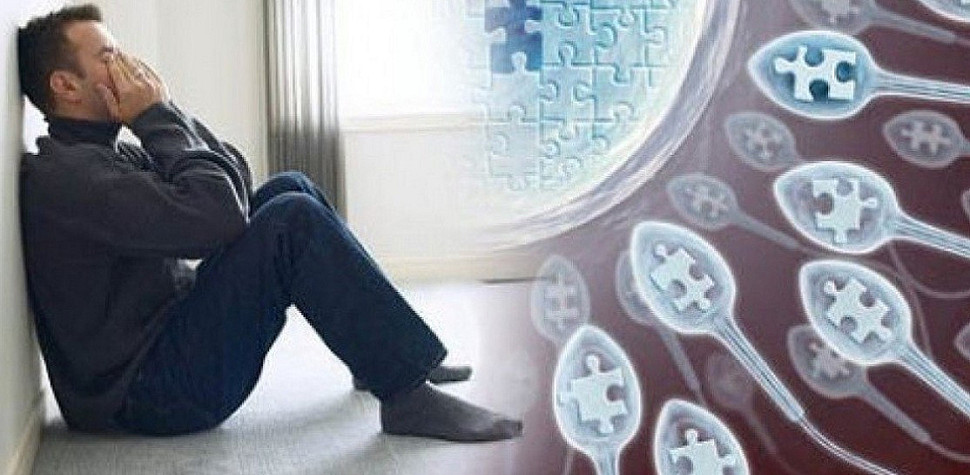Male infertility how to treat

Before starting treatment for male infertility, it is important to make sure that his wife has no problem conceiving. If such problems exist, the treatment of the spouse should be carried out in parallel and in accordance with the husband's examination and treatment plan. It is also necessary to exclude the factors that prevent pregnancy: the use of medicines, unfavorable working conditions, insufficient sexual activity.
When the cause of male infertility is identified, appropriate treatment is given:
Varicocele (testicular varicose veins) and uncomplicated excretory azoospermia require surgery.
Hormonal abnormalities are corrected with drugs that are taken for a long time (2 to 2.5 months), corresponding to the life cycle of the sperm.
For immune-mediated causes of infertility, treatment includes plasma exchange and drugs to suppress sperm production.
Erection disorders are treated with drugs and psychotherapy sessions.
If infertility is caused by sexual infections, both spouses are treated with drugs that are effective against the identified causative organisms. Simultaneous treatment eliminates reinfection of partners.

Assisted reproductive technologies: IVF, IXY, PIXY
When the cause of infertility cannot be identified, vitamins, drugs to improve metabolism, and general anticoagulants can be tried to improve sperm quality. If these measures do not help or do not help the diagnosed disorder, assisted reproductive technology (ART) is offered to couples.
Before IVF, sometimes an extracorporeal procedure, obtaining sperm from an epididymis or testicular tissue, is needed. This is necessary if the male has obstructed vasa deferentia.
Artificial insemination—placement of semen in the vagina and uterus—is recommended if the number of active sperm is reduced as shown by the spermogram.
ICSI
The IXI is a visual selection of the highest quality sperm for insertion into an egg. This technique is effective in severe sperm motility disorders.
PIXY
PIXIS is an advanced method of selecting sperm that increases the chances of successful in vitro fertilization. Unlike the IXI, where the embryologist chooses sperm solely on visual evidence, the IXI relies on more objective criteria. Sperm are placed in special cups of hyaluronic acid, and doctors measure the quality of the cups based on their reaction to the substance. Functionally healthy sperm actively interact with hyaluronic acid, which is contained in the eggs. Thus, sperm that respond effectively to cup culture are considered the most promising for IVF.
IVF
IVF is a method of fertilizing a woman's egg with sperm outside the woman's body. The resulting embryo develops in laboratory conditions over a period of 3 to 5 days, after which it is transferred to the uterine cavity. In vitro fertilization is recommended for couples in whom infertility is linked to poor sperm motility or other factors that make natural conception difficult.
